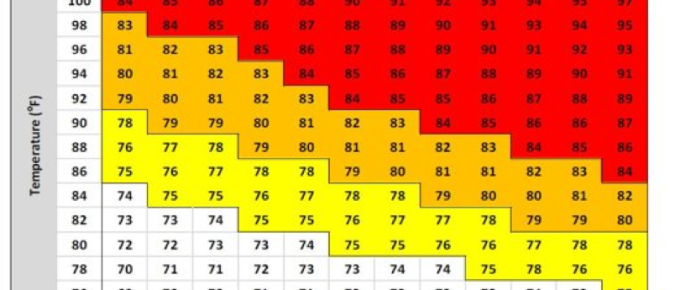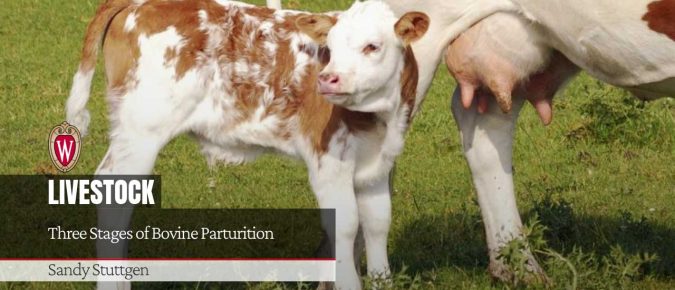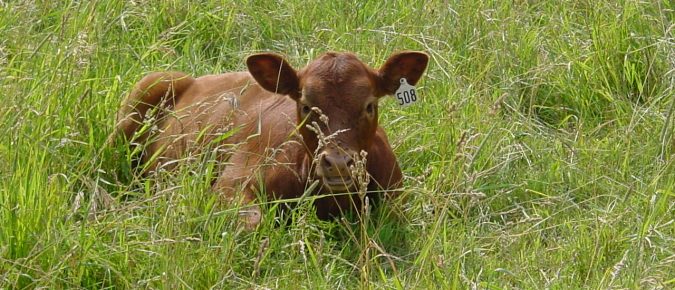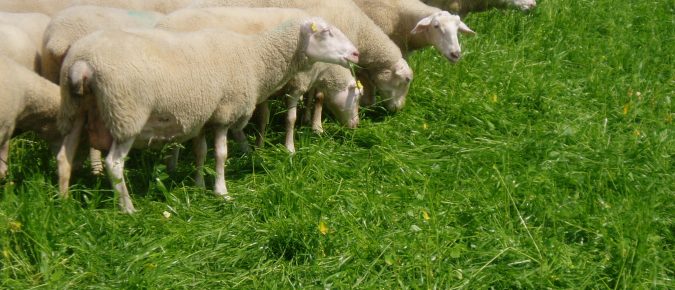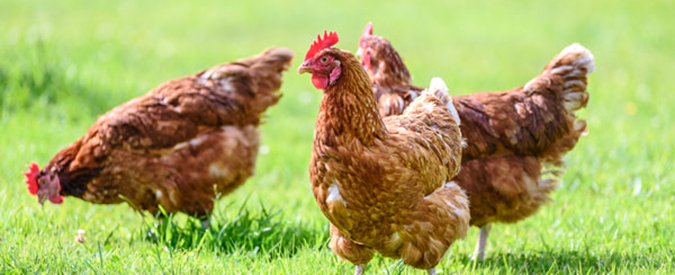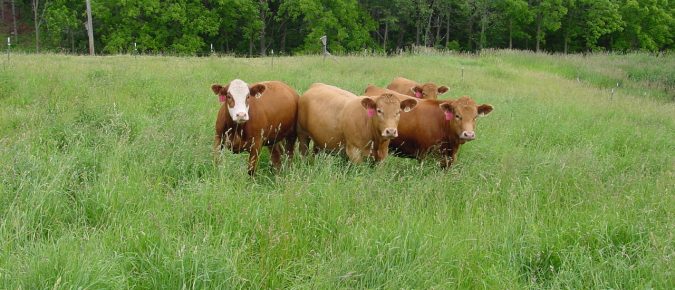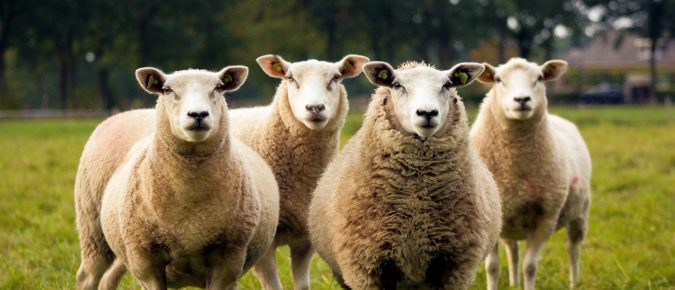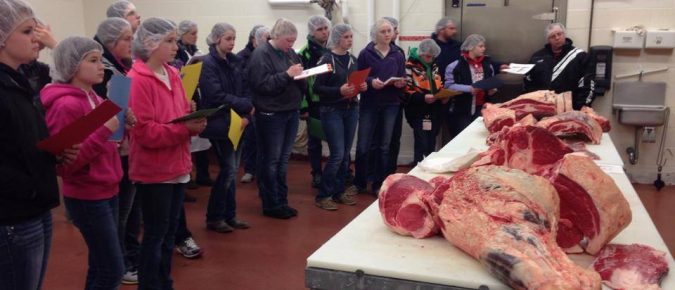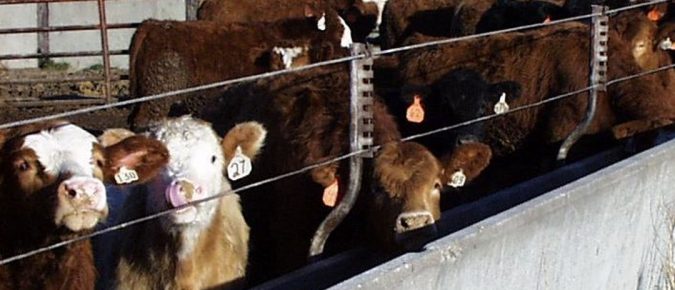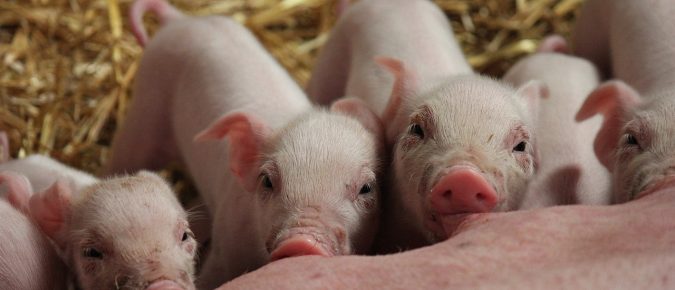There is no question that heat stress can negatively impact animal performance. For feedlot cattle heat stress reduces daily gains, negatively impacts feed efficiency and can lower dressing percent. Cow-calf producers could expect greater embryonic loss in the first few weeks after conception due to heat stress. High temperatures could also impact semen quality in […]
There are three stages to the birthing process, or parturition: dilation of the cervix, delivery of the calf, and delivery of the placenta. Knowing the normal birth process will help you decide whether or not to intervene.
During the dark and cold of winter, it can be uplifting to think about the new season just around the corner. Spring represents new growth and renewal. The same is true of calving season for our beef operations. While in practice our beef calving seasons vary greatly in timing from farm to farm, it’s always […]
It may be common knowledge Wisconsin leads the United States in cheese production, but did you know that Wisconsin is the leader in sheep milk and cheese production? Sheep cheese is not a new culinary concoction, rather a 4000-year-old tradition staking a claim amongst Wisconsin’s dairy producers, cheesemakers, and cheese lovers. Wisconsin’s sheep milk is […]
There have been several confirmed cases of highly pathogenic avian influenza (HPAI) in eastern Canada and in a number of U.S. states. Several wild ducks and one commercial turkey flock have tested positive for the virus in the United States. Outbreaks in Canada have affected both commercial and exhibition poultry flocks. Wild birds infected with […]
As the seasons come and go, the production cycle of the beef herd also changes. Cows calve, calves grow, and replacement heifers are selected. Selecting replacement heifers using production records, herd goals, and available resources can ensure the correct females are staying in the production system.
Evaluating different rations and scenarios as prices and situations change to optimize profits using the resources the farm has available is time well spent. When doing so, it is critical to look at all costs impacted by any ration changes, not just ration cost per ton or feed cost per day, to assess costs and returns accurately.
In 2025, Bernie O’Rourke, Extension Youth Livestock Specialist will host three webinars that will be offered February through April from 6:30-7:30 p.m. This is available for all youth grades 3-13. The session will be recorded and available on the Wisconsin Youth Livestock Program’s YouTube channel. This is offered in connection with the University of Wisconsin […]

